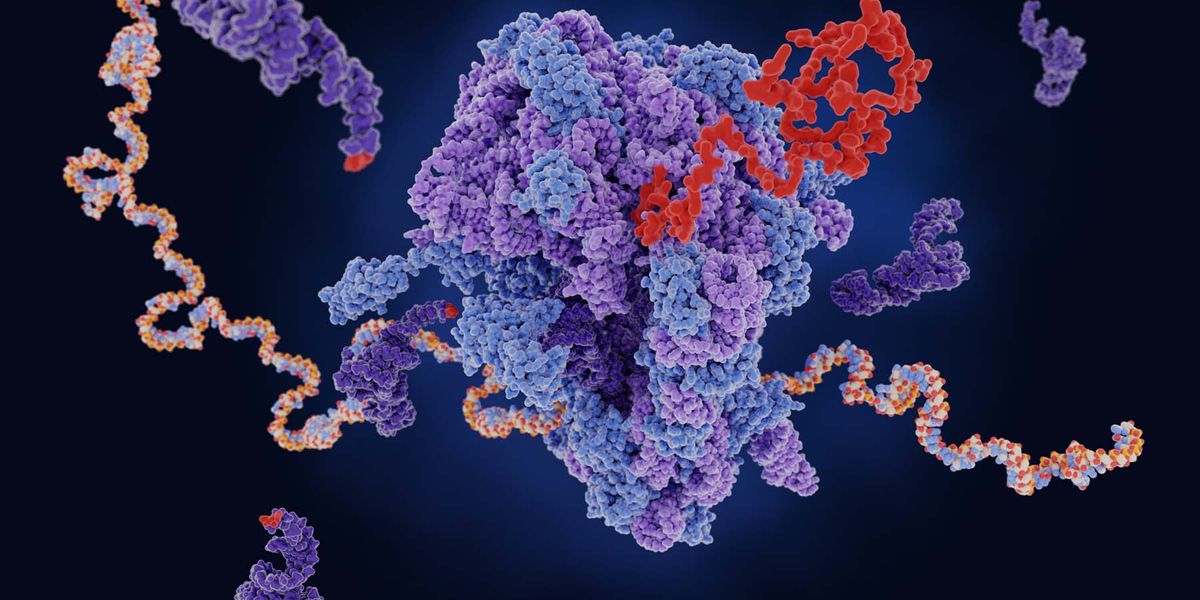August 6, 2025

In a major leap for structural biology, scientists have unveiled an artificial intelligence model that can predict the 3D structures of proteins considered “unsolvable” by existing tools. Building on advances from DeepMind’s AlphaFold and other computational platforms, this new model integrates cryo-electron microscopy data, genetic sequence variation, and molecular dynamics simulations to produce highly accurate predictions.
“Some proteins — especially large, flexible complexes — have evaded structural resolution for decades,” explains Dr. Lena Hwang, lead researcher from the European Molecular Biology Laboratory. “Our AI bridges that gap, allowing us to model structures critical for drug development and disease research.”
The model successfully predicted structures for over 300 previously unresolved proteins, including membrane-bound receptors linked to neurological disorders and viral capsid proteins essential for pathogen infectivity. By resolving these shapes, researchers can now design drugs that target highly specific regions, potentially improving efficacy and reducing side effects.
Beyond human health, the AI has applications in agricultural biotechnology, where understanding protein structures can help engineer crops resistant to pests, drought, and disease. The tool is expected to accelerate research timelines dramatically, with some projects already cutting structural determination time from years to weeks.
The team plans to release a public database of their solved structures later this year, inviting global collaboration to explore new biological mechanisms and therapeutic possibilities.
Nature Biotechnology, “Advances in AI-driven Structural Prediction” (2025)
European Molecular Biology Laboratory Press Release (Aug 2025)